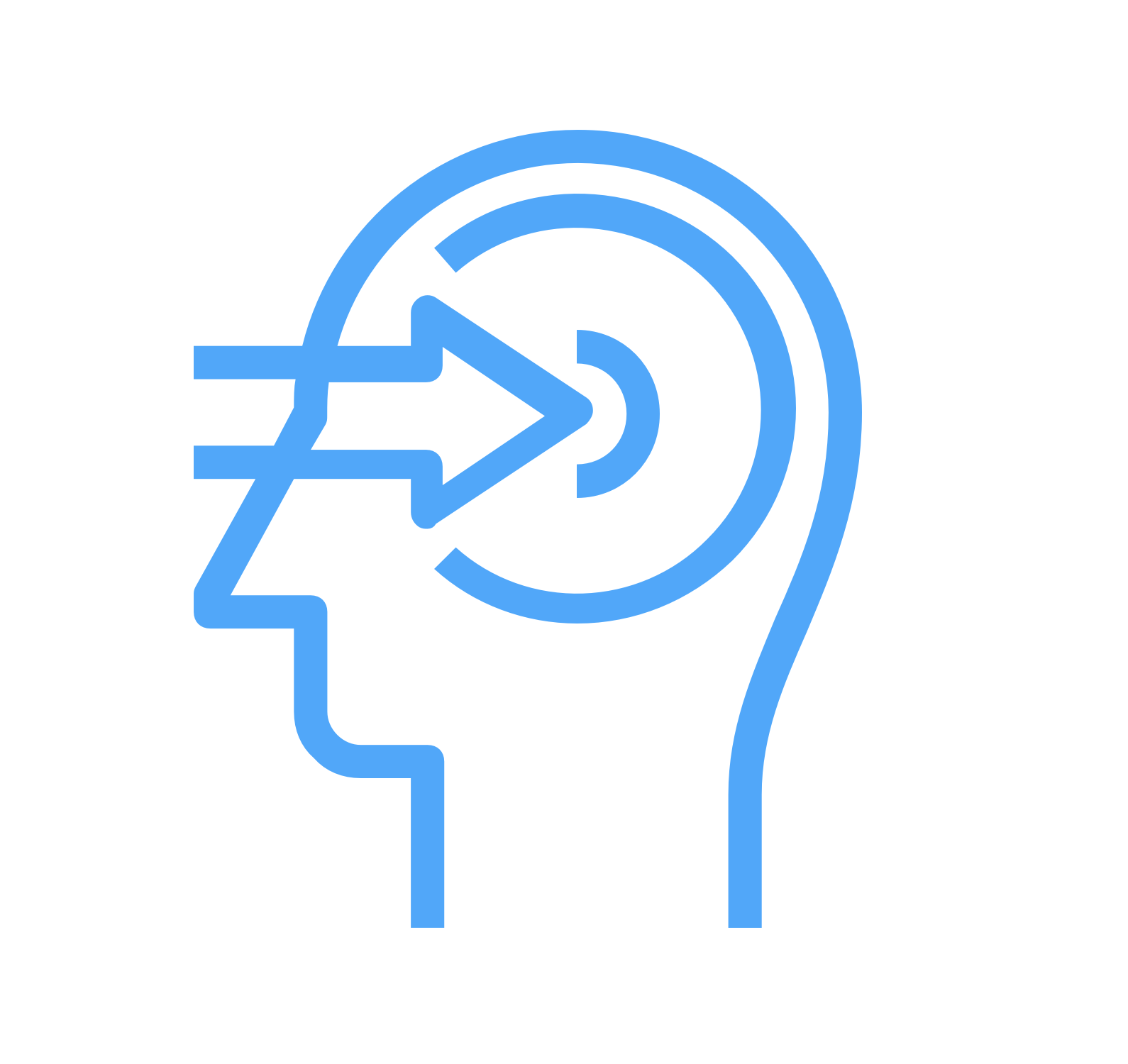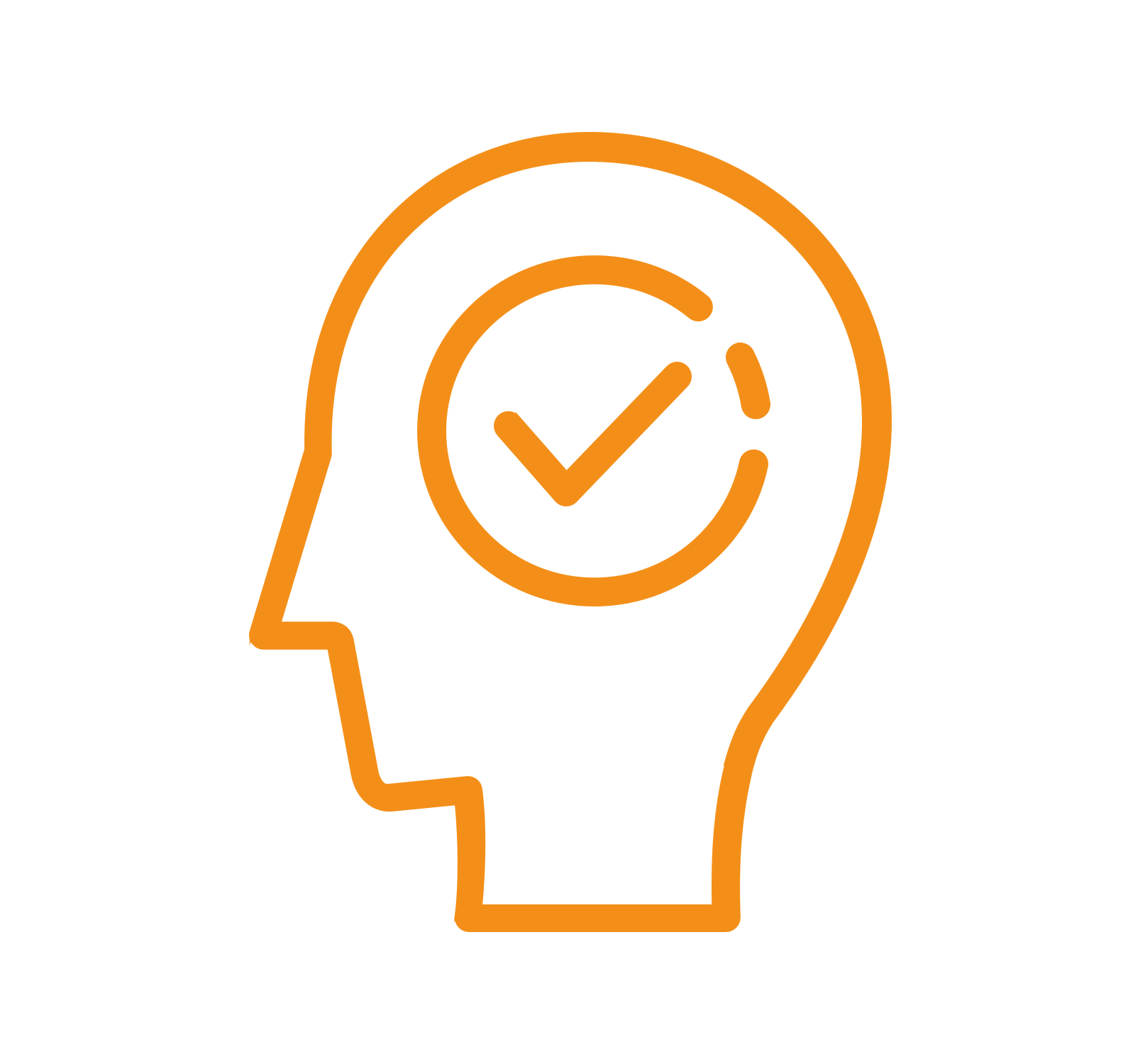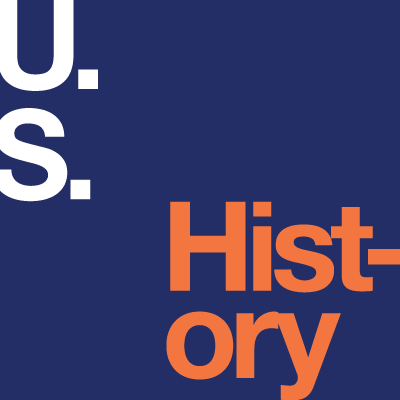
U.S. History
The comprehensive contents from this book, combined with Odigia’s Teaching and Learning Tools have everything you need to engage, collaborate, track and assess your students.
This course includes:

280
practice questions

129
engagement activities

475
assessment questions
Helping Teachers Do What They Do Best: Teach

Customize
Use our courses as is or easily customize them to fit your teaching style and the needs of your students. You can add your favorite resources, hide and show our existing content and pre-built assessments, or make them your own. Everything your students need, in one place!

Engage and Collaborate
Odigia combines learning materials, discussions, and tools to create a familiar social experience for students allowing you to easily connect and redirect students attention.

Track
See how much time students are spending on different areas of the course, which areas are creating the most amount of engagement and identify topics the students are struggling with. Flag and provide feedback on assignments to proactively meet individual students' needs.

Assess
Game theory allows students to monitor their progress visually and motivates them to stay on track. Students can see exactly what activities they need to complete, which ones have been flagged and compare their progress against the overall class.
U.S. History Course Outline
Concepts Covered: Concepts Covered: Concepts Covered: Concepts Covered: Concepts Covered: Concepts Covered: Concepts Covered: Concepts Covered: Concepts Covered: Concepts Covered: Concepts Covered: Concepts Covered: Concepts Covered: Concepts Covered: Concepts Covered: Concepts Covered: Concepts Covered: Concepts Covered: Concepts Covered: Concepts Covered: Concepts Covered: Concepts Covered: Concepts Covered: Concepts Covered: Concepts Covered: Concepts Covered: Concepts Covered: Concepts Covered: Concepts Covered: Concepts Covered: Concepts Covered: Concepts Covered:What did the Americas, Europe, and Africa look like before 1492?
What were early movements toward globalization from 1492-1650?
How were new social orders created in colonial societies from 1500-1700?
How did the English empire evolve from 1660-1763?
How did Imperial reforms contribute to colonial unrest from 1763-1774?
What people and events defined America's War for Independence from 1775-1783?
How was the concept of Republican Government debated and revised during 1776-1790?
What were the competing visions of the New Republic from 1790-1820?
How did the Industrial, Market, and Transportation Revolutions change the US from 1800-1850?
What effects did Andrew Jackson's presidency have on the burgeoning Republic during 1820-1840?
How did the US begin to expand westward from 1800-1860?
How did the cotton industry affect the American South from 1800-1860?
What were the beginnings of reform in the South during 1820-1860?
What made the 1850s particularly tumultuous?
How did the Civil War change the American landscape from 1860-1865?
What defined the Era of Reconstruction from 1865-1877?
What caused the westward migration of Americans during 1840-1900?
How did Big Business arise during 1870-1900?
What were the effects of urbanization during 1870-1900?
What defined the Gilded Age from 1870-1900?
What factors gave rise to the Progressive Movement of 1890-1920?
How America's foreign policy evolve during 1890-1914?
What was the American involvement in World War I?
How did the Jazz Age redefine the nation from 1919-1929?
What were the results of the Great Depression of 1929-1932?
What was Franklin Roosevelt's effect on the Great Depression?
How did World War II change the American landscape during 1941-1945?
What led to the Cold War during 1945-1960?
What opposing forces helped define America in the 1960s?
What caused the fracturing of American society during 1968-1980?
How did the Cold War give way to the Culture War during 1980-2000?
What have been the greatest challenges of the 21st Century?
U.S. History is designed to meet the scope and sequence requirements of most introductory courses. The text provides a balanced approach to U.S. history, considering the people, events, and ideas that have shaped the United States from both the top down (politics, economics, diplomacy) and bottom up (eyewitness accounts, lived experience). U.S. History covers key forces that form the American experience, with particular attention to issues of race, class, and gender.


